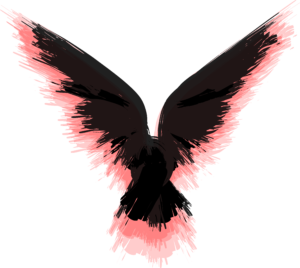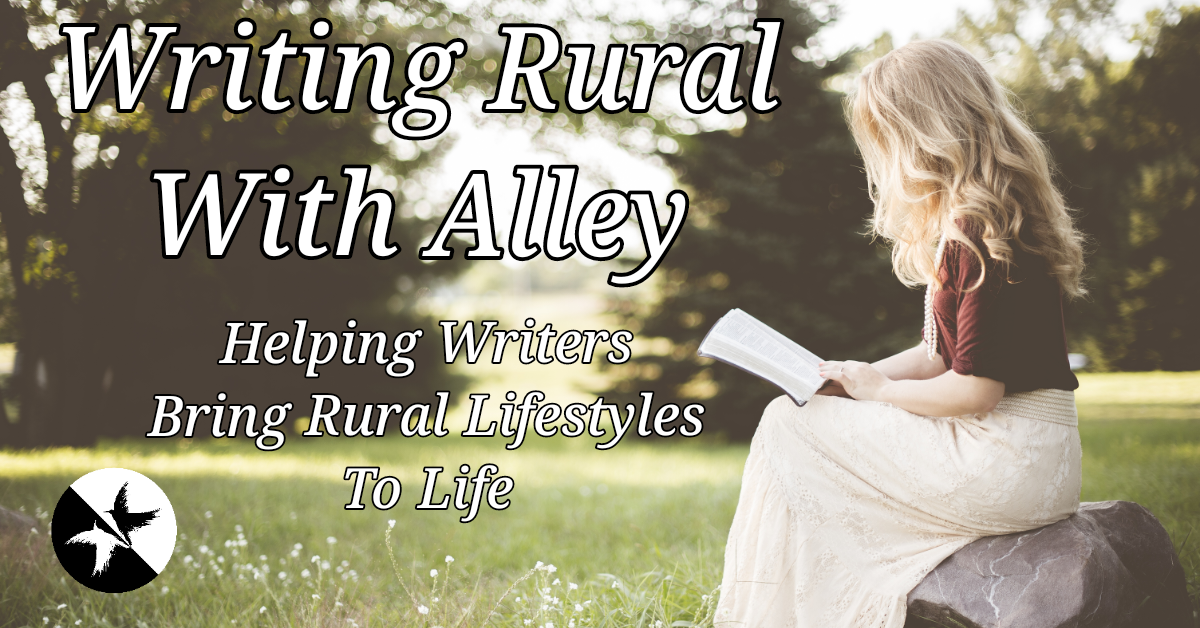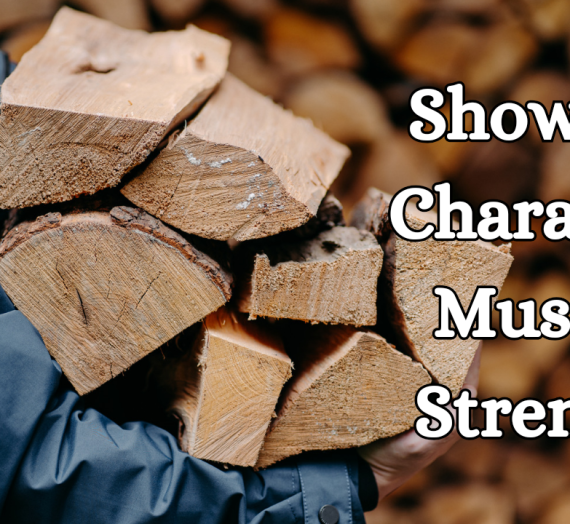Fire is used for heating, cooking, lighting, and more. It is important you know the basic terminology. However, characters who have never dealt with fire before might not know the terms or what they mean.
1) Seasoned wood
Seasoned wood does not mean we sprinkled salt on it or dipped it in catsup. It does mean that wood has been left out for at least a year. This is to get as much moisture out of it as possible. Wet wood is harder to burn and can be almost impossible to light on fire from a single ignition point such as an ember or even a lighter. So make sure your character lets the wood age. Similar to wine, except we don’t drink this one; we light it on fire!
2) Greenwood
Greenwood is the opposite of seasoned wood. This is the wood you just cut, and it still has a lot of moisture inside. Not only is it harder to light on fire, but it produces a lot of smoke. It also causes more buildup inside of your chimney than seasoned wood, which can lead to a flue fire, also known as a chimney fire. It’s one of the top ten leading causes of fire within the US. I personally had a home burn down like this. Greenwood is harder to maintain a fire with. Meaning it can go out much easier than with seasoned wood.
3) Bank the fire
Banking the fire means keeping the core heat of a fire going, usually overnight, while you are sleeping. When this is done in a fireplace or wood stove, large logs are added and packed tightly with the flue mostly (but not all the way) shut. This burns slower and will give you a couple extra hours to sleep before the fire dies. This is a big deal when the temperatures are below freezing, especially if someone is easily susceptible to the cold, such as a young child or an elderly person.
A way to do this with an open fire that is not contained in an enclosed area is to add logs and then cover everything with ash. Keep in mind that ash is used to put out flames for a fire, and banking the fire like this will only keep the embers smoldering. If that is the case, your character will need to sleep closer to the fire. In the morning, your character will move the ash off the embers and add wood to get the fire going again.
True story, my grandfather did this once and got a wee bit too close while he slept. He woke up to his sleeping bag on fire, which is a little too warm for my taste.
4) Stoke the Fire
Yes, this is also an English figure of speech meaning to stir up trouble. Do you know why? Because when you stoke the fire, you are essentially poking it with a green stick or other object that is not easy to catch on fire and making the fire flare back up. This can be because something wasn’t burning well or the fire was not hot enough. Or you want to make sure the firewood about to go onto the fire has something hot enough to light it on fire. Although, the figure of speech doesn’t involve poking people with a stick, no matter how much your character is tempted to.
5) Overnighter or overnight log
Overnighter refers to a log larger than the average size of logs you would use. If you are using a wood stove or fireplace, the log needs to be able to fit into what you are using. It should be a slow-burning log. Hardwood is the most likely type to be used as a slow-burning log, but there are types that are regional to some places in the world.
There are two reasons you want a fire to burn overnight. The first is to stay warm all night. Your characters don’t want to freeze to death. The second reason is so the fire doesn’t go out. This doesn’t have to have anything to do with heat. Fire is important for food or keeping animals away at night. The most likely reasons they do not want to make a new fire is that they do not have what they need to make a new fire, the wood is wet, or the temperatures are frigid. No one enjoys shivering and trying to start a fire. It makes it much harder, although the bed you climb back into to wait for the room to warm up is amazing!
Fun fact: Banking the fire can also mean that with an open fire, there is dirt, rocks, bricks, or other nonburnable materials placed around one side of the fire to make the heat go the other way. It is a good way to make the open side of the fire warmer.
What could possibly go wrong?
Likely to go wrong:
Stoking the fire is one of the most likely times for embers to get outside of the place your character wants their fire contained. This can cause house fires and a whole lot more. Forest fires are dangerous enough, but if your characters do not yet have the advantages of modern firefighting or the system broke down after your apocalypse, there is a good chance they will die, and everyone and everything else in that fire too.
Likely to go wrong:
The overnighter burns faster than the character expected, and the fire dies in the night. This can happen to even the most experienced people.
Possible to go wrong:
If your character is too close to an ash-covered fire, they can easily catch themselves or their bedding on fire. If they are traveling with a backpack or bag they are keeping close to them, this could also catch on fire.
Possible to go wrong:
If your character doesn’t know better and places green wood on the fire, it will be hard to light. I have seen people add several green pieces on, and the fire died because it could not catch the green wood on fire.
Unlikely to go wrong:
If the seasoned wood was not stacked but left on the ground in an area that is always wet, it would not be dry after a year. In fact, it would likely be waterlogged after a year. I do not even know if waterlogged would catch on fire without first drying it out.
Unlikely to go wrong:
While stoking the fire, the sparks could go up the chimney, starting a flue fire, also called a chimney fire. While these types of fires don’t always burn down a house, flue fires are a big risk. There is also a chance it would damage the masonry holding the bricks together. This is a fire hazard for a later date.
Improbable but technically still in the realm of possibilities:
Your character is stoking the fire, and a twig or even a log comes out of the fire and burns someone. They would likely be stabbing it to make anything over the size of a twig jump out, but it is possible.
Helpful Links to Learn More:
Green Wood VS Seasoned wood:
Tips to Season Wood:
https://www.motherearthnews.com/homesteading-and-livestock/seasoning-firewood-tips-ze0z1411zdeh/
Bank the Fire in the Woodstove:
https://mffire.com/wood-stove-101-how-to-build-a-fire-that-lasts-all-night/
Bank the Fire Outside:
https://hikematic.com/how-to-bank-a-fire/
Best Overnight Logs:



